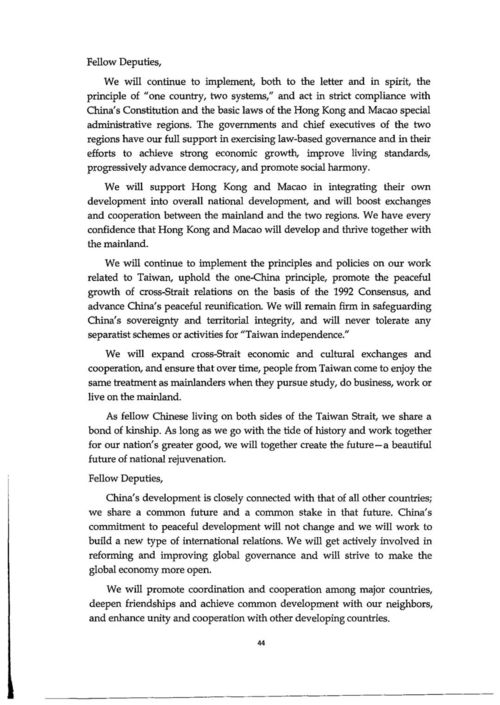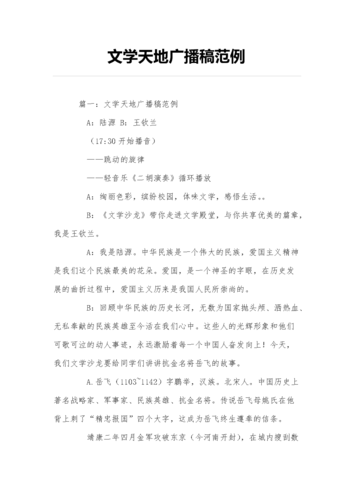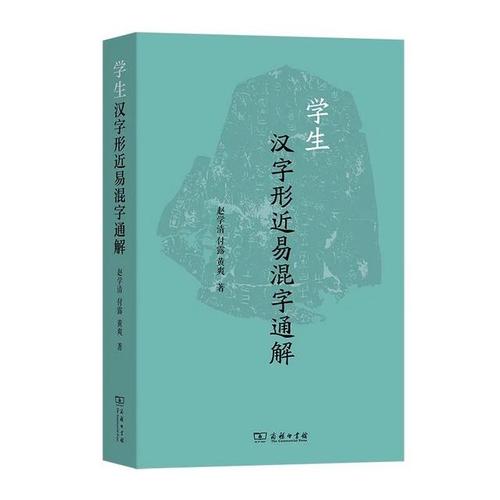报告英文翻译
Title: Strategies for Translating Literary Texts from English
Translating literary texts from English requires a nuanced approach that balances linguistic accuracy with preserving the artistic integrity and cultural nuances of the original work. Here are some strategies and guidelines to effectively translate literary texts:
1. Understand the Text:
Before beginning the translation process, it's crucial to thoroughly understand the nuances of the original text, including its themes, cultural references, and linguistic style. This understanding will guide your translation decisions and help you convey the author's intended message accurately.2. Consider Cultural Context:
Literary works are often deeply rooted in the cultural context of their origin. As a translator, it's essential to be sensitive to these cultural nuances and find equivalent expressions or references in the target language that resonate with the target audience.3. Maintain Style and Tone:
Every author has a unique style and tone that contribute to the overall impact of their work. When translating literary texts, strive to preserve the author's voice and tone as much as possible while ensuring readability in the target language.4. Focus on Meaning, not Literal Translation:
Literal translation may not always capture the true essence of a literary work. Instead of translating wordforword, focus on conveying the underlying meaning and emotions of the text. This may involve paraphrasing or rephrasing certain passages to maintain the flow and coherence of the translation.5. Pay Attention to Idioms and Figures of Speech:
Idioms, metaphors, and other figures of speech are common in literary texts and can pose challenges for translators. Try to find equivalent expressions in the target language that convey the same meaning and evoke a similar emotional response.6. Strive for Naturalness:
A good translation reads naturally in the target language, without feeling forced or awkward. Pay attention to syntax, grammar, and colloquialisms to ensure that the translated text flows smoothly and is easily understandable to the target audience.7. Consult Reference Materials:
When in doubt, consult dictionaries, reference books, or other translations of the same work for guidance. However, be cautious of relying too heavily on existing translations, as they may not always capture the nuances of the original text accurately.
8. Edit and Revise:
Translating literary texts is a creative process that often requires multiple drafts and revisions. Take the time to review your translation carefully, making adjustments to improve clarity, coherence, and fidelity to the original text.9. Seek Feedback:
Consider seeking feedback from native speakers or fellow translators to gain insights and perspectives on your translation. Their input can help identify areas for improvement and ensure that your translation resonates with the target audience.10. Stay True to the Spirit of the Original:
Ultimately, the goal of translating literary texts is to convey the essence and spirit of the original work to a new audience. While linguistic accuracy is important, it's equally essential to capture the emotional depth and artistic vision of the author in your translation.By following these strategies and guidelines, you can effectively translate literary texts from English while preserving the beauty and integrity of the original work. Remember that translation is both an art and a science, requiring creativity, skill, and a deep appreciation for the power of language.
免责声明:本网站部分内容由用户自行上传,若侵犯了您的权益,请联系我们处理,谢谢!










